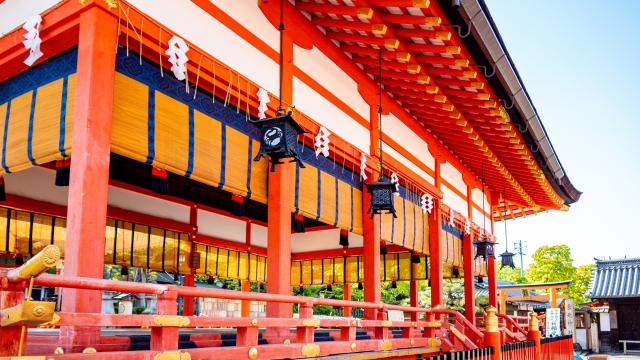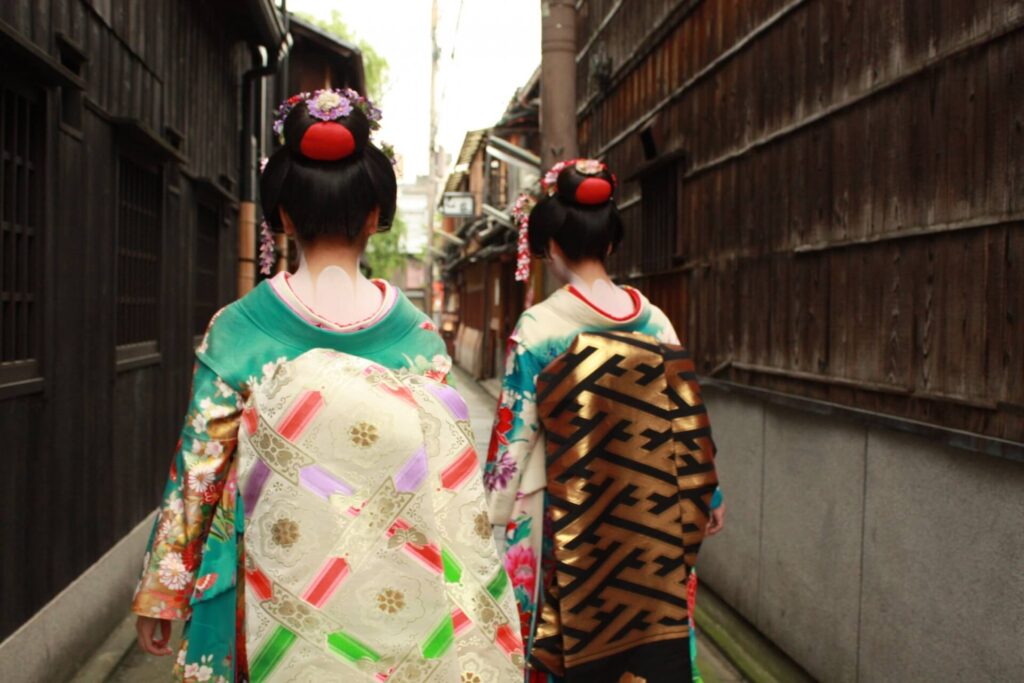
-- The History of Kyoto's Geisha Districts
-- The Gion Kobu Geisha District
-- The Gion Higashi Geisha District
-- The Ponto-cho Geisha District
-- The Miyagawa-cho Geisha District
-- The Kamishichiken Geisha District
-- Tours and Charters of Geisha Districts
THE HISTORY OF KYOTO'S GEISHA DISTRICTS
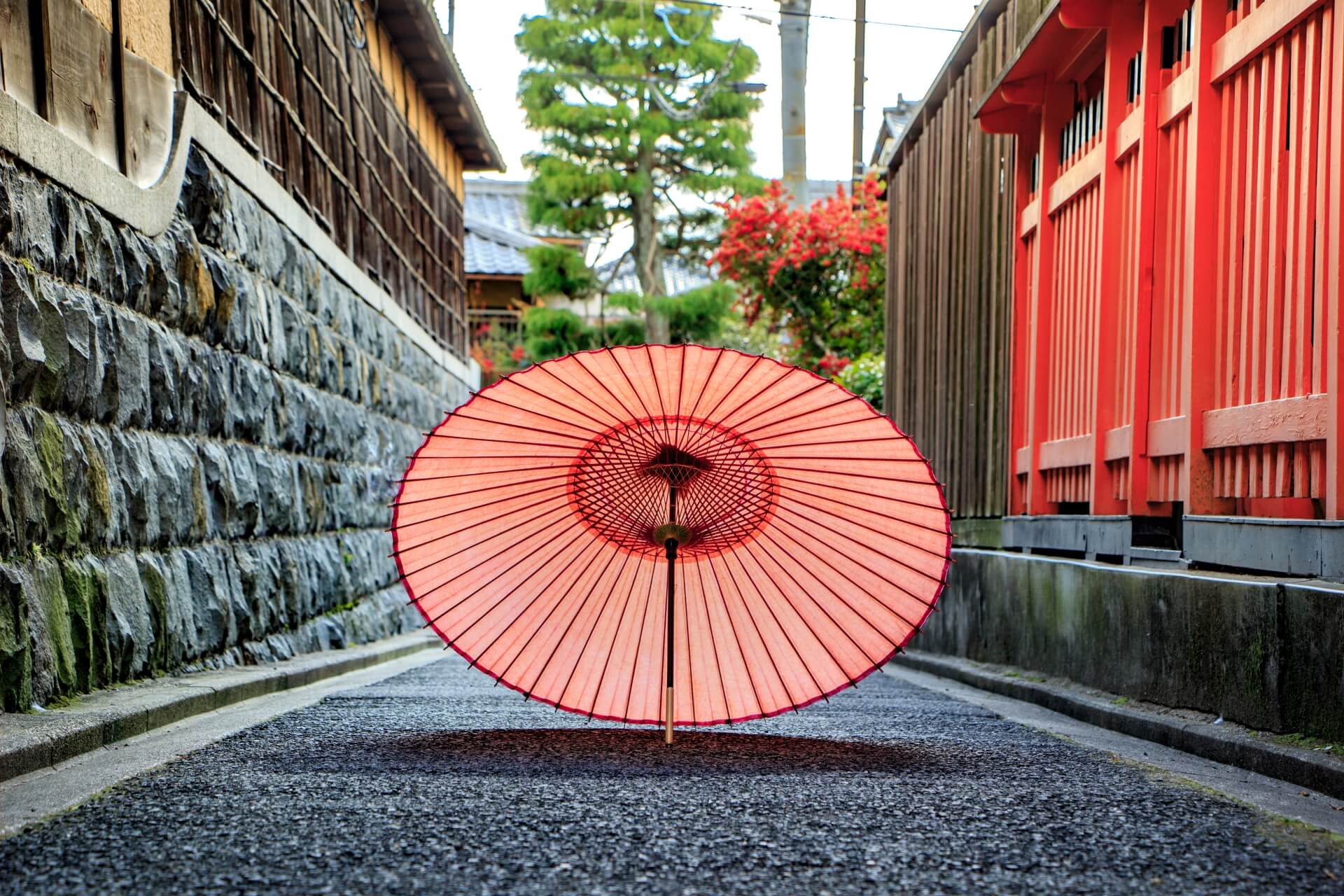
The Geisha of Kyoto, known locally as "Geiko", are living symbols of Japan’s traditional arts and elegance. Emerging in the 17th century, they were originally entertainers in tea houses, blending music, dance, and conversation to enchant their guests. Rooted in Kyoto’s Gion district, the Geiko cultivated skills in shamisen playing, refined tea ceremonies, and classical Japanese dance. Their enduring presence is a testament to preserving Japan’s cultural heritage. Today, Geiko and their apprentices, called Maiko, represent an exclusive, mystical world. To meet them, travelers often book through authentic tea houses or organized cultural experiences.
THE GION KOBU GEISHA DISTRICT
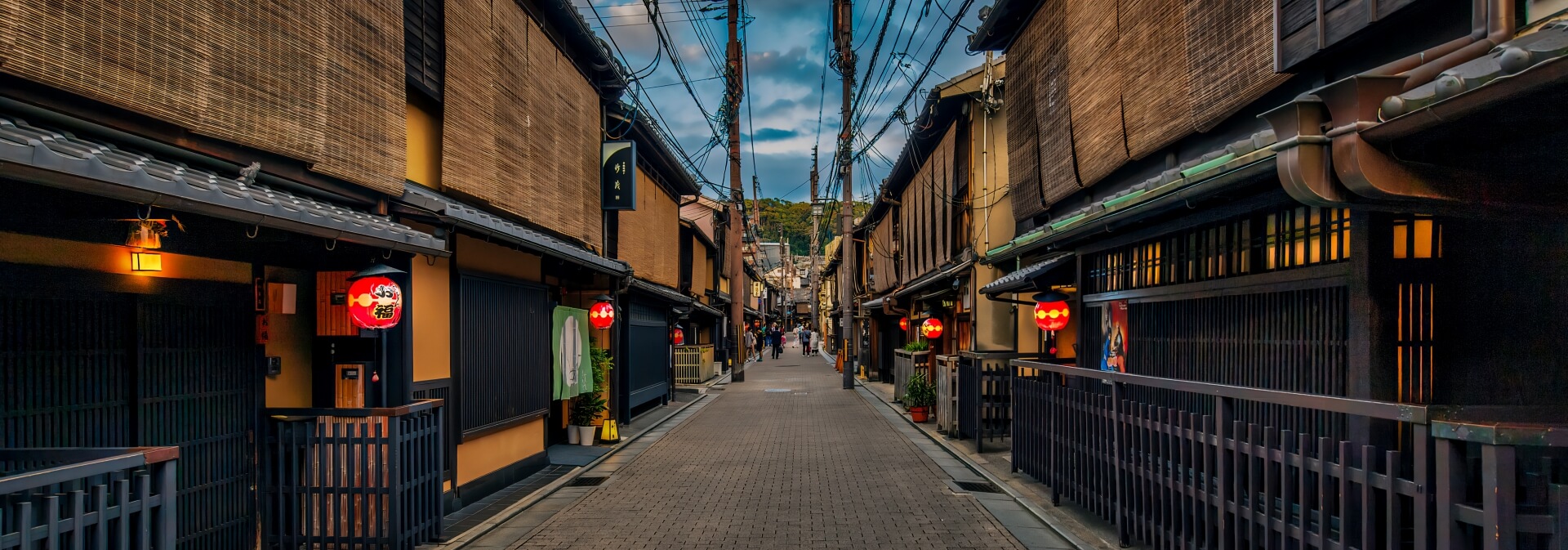
Gion Kobu is Kyoto’s most renowned Geisha district, steeped in history and elegance. Located near the iconic Yasaka Shrine, it is the largest and most prestigious of Kyoto’s Hanamachi (Geisha districts). Dating back to the Edo period, Gion Kobu developed as a hub for tea houses and traditional entertainment, where Geiko (Kyoto’s Geisha) and Maiko (apprentices) perform refined arts, including Kyomai, a classical style of dance.
THE GION HIGASHI GEISHA DISTRICT
Gion Higashi is one of Kyoto’s traditional Hanamachi (Geisha districts), located just east of the famous Gion Kobu. While Gion Kobu is the more well-known Geisha area, Gion Higashi is often considered a more private and serene counterpart. It’s home to fewer tea houses, but those that exist offer an intimate setting for guests to enjoy the refined arts of Geiko and Maiko. The district retains a traditional atmosphere, with elegant machiya houses and narrow streets that transport visitors back in time. Like Gion Kobu, it remains an exclusive area for cultural performances.
THE PONTO-CHO GEISHA DISTRICT
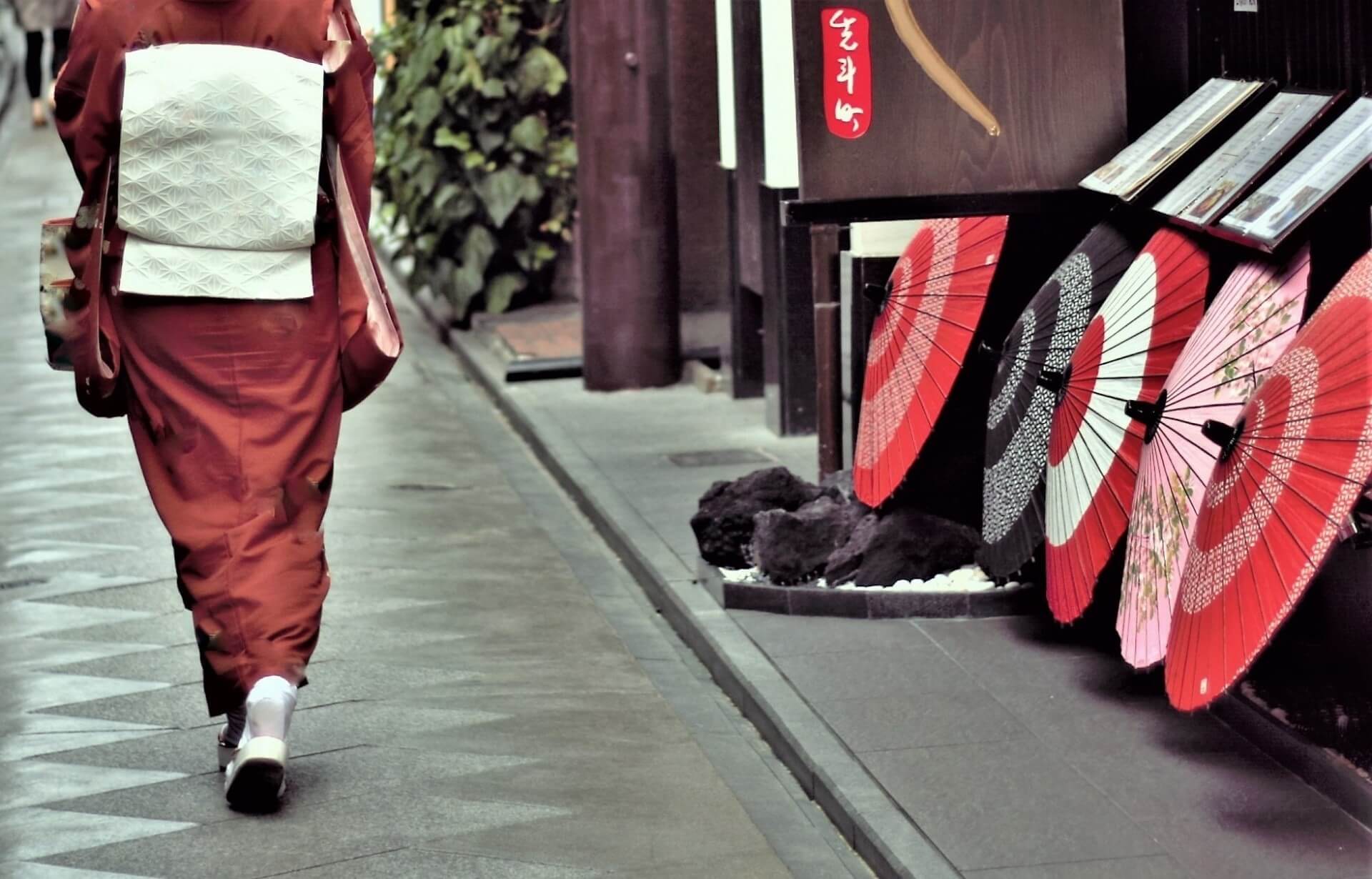
Pontocho has long been a hub for Geisha and Maiko in Kyoto, dating back to the early Edo period (1603-1868). It began as a vibrant district of tea houses and entertainment venues where these skilled performers showcased their talents in shamisen music, dance, and poetry. Though initially less prominent than Gion, Pontocho became known for its intimate atmosphere, attracting wealthy patrons. Even today, Geisha and Maiko continue to perform for select guests in Pontocho’s traditional teahouses, maintaining its status as a key location for cultural experiences.
THE MIYAGAWA-CHO GEISHA DISTRICT
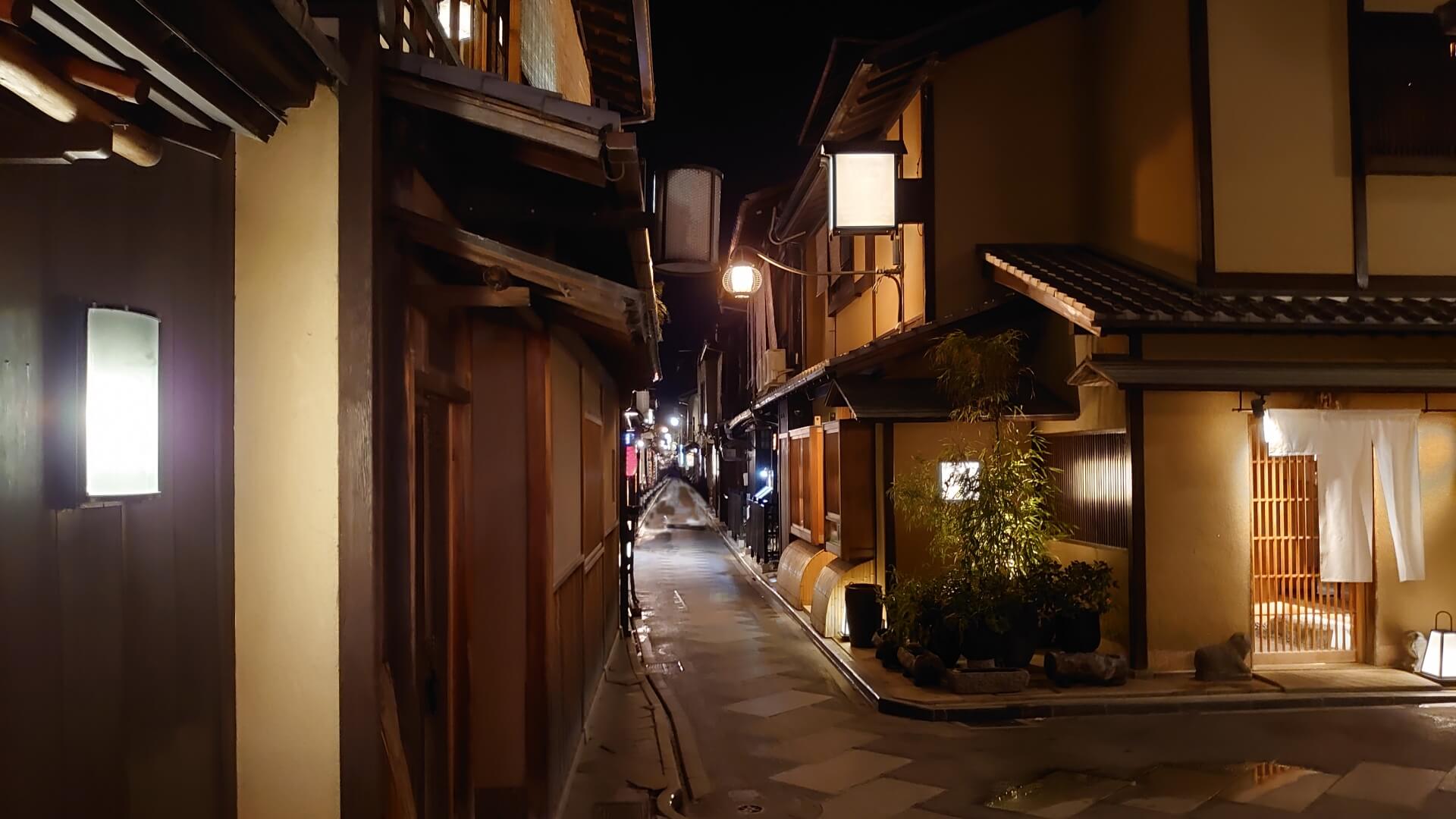
Miyagawacho is another historic Geisha district in Kyoto, though smaller and less well-known than Gion and Pontocho. Located near the Kamo River, it has a more intimate, traditional feel. Historically, Miyagawacho became known for its high level of artistry and sophistication. The district still has active tea houses where Geiko and Maiko entertain guests with performances, including music, dance, and conversation. While it’s quieter than other areas, it retains a deep cultural significance as a center of Kyoto's entertainment and arts.
THE KAMISHICHIKEN GEISHA DISTRICT
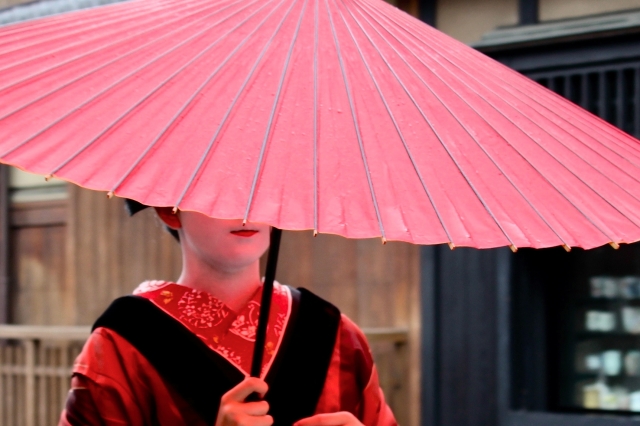
Kamishichiken is Kyoto’s oldest geisha district, with a history dating back to the Muromachi Period (1333–1573). Located near Kitano Tenmangu Shrine and within walking distance of Kinkaku-ji (Golden Pavilion) in northwest Kyoto, the district offers a quieter and more traditional atmosphere compared to the bustling Gion. Its name, meaning "Seven Upper Houses," originates from the seven teahouses built using materials left over after the shrine's renovation. Today, Kamishichiken is known for its classic wooden architecture and the Kamishichiken Kaburenjo Theater, where Geiko and Maiko perform the refined Kyomai dances.
The district is celebrated for its seasonal events, including the Kitano Odori spring dances and the Baika-sai (Plum Blossom Festival) in February at Kitano Tenmangu Shrine. Visitors can also enjoy a unique summer beer garden hosted at Saihoji Temple, where they are served by Geiko and Maiko. Kamishichiken’s tranquil charm and deep cultural roots make it an ideal destination for those seeking an intimate connection to Kyoto’s geisha heritage
TOURS AND CHARTERS OF GEISHA DISTRICTS
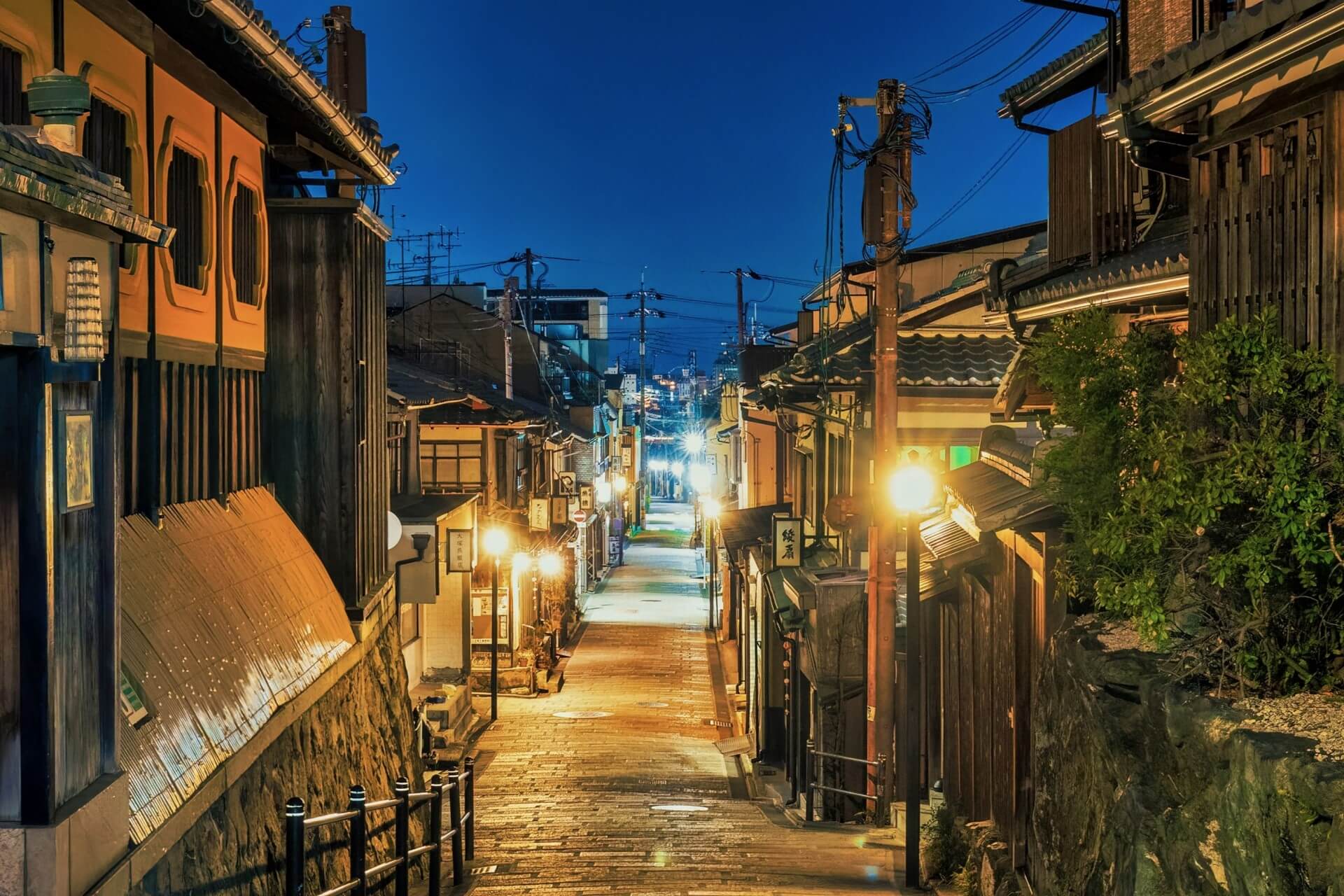
While our tour doesn't specifically focus on a geisha district, you might catch a glimpse of a Geiko or Maiko on our 1-Day Kyoto Walking Tour, which takes you through iconic districts like Gion and Ponto-cho. Immerse yourself in the charm of traditional Japan as you explore centuries-old temples, serene gardens, and historic neighborhoods that reflect Kyoto's rich cultural heritage.
Kyoto Heritage Path - From Fushimi Inari's Mystery to Kiyomizu Temple Majesty
- Spots:
- Pick-up:
- Drop-off:
Your journey begins at Fushimi Inari Shrine, renowned for its mesmerizing torii gates stretching into lush forests. Next, explore the vibrant Nishiki Market, Kyoto's culinary hub, where you can sample local delicacies or enjoy a traditional meal. Afterward, discover tranquility at Kenninji Temple, the city's oldest Zen temple, before wandering the picturesque streets of Gion. Visit Kodaiji Temple, built in honor of Toyotomi Hideyoshi, and conclude the day with breathtaking views at Kiyomizu-dera, a UNESCO World Heritage site. Let us guide you through Kyoto’s timeless beauty on this unforgettable experience!















